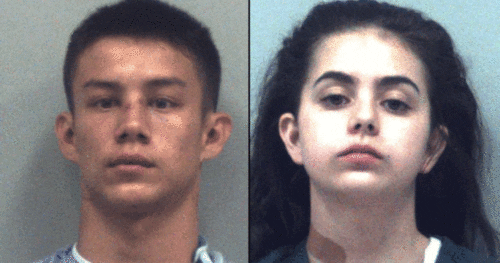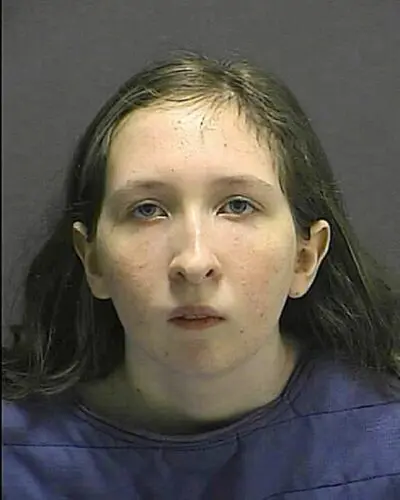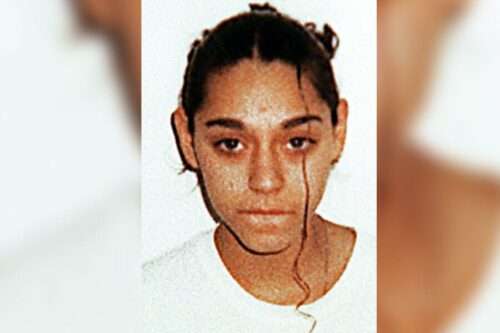Kassi Brandeberry Teen Killer Sets Fatal Fire
Kassi Brandeberry was seventeen years old when she set a house on fire in Ohio killing a fourteen year old teenager and severely injuring another teen, a firefighter was also injured fighting the deadly fire. According to this teen killer lawyers she did not realize that anyone was home when she set the fatal fire however this … Read more








